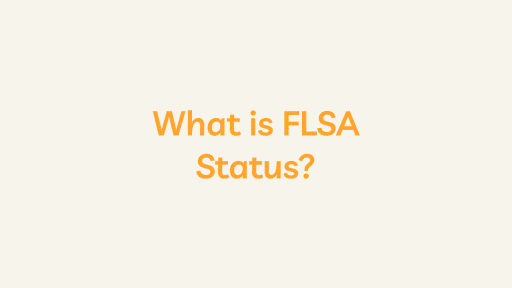A job posting is not merely an announcement; it is a powerful tool that shapes potential candidates’ initial impression about a job opportunity within your organization. As a vital component of the recruitment process, a well-crafted job posting serves as a beacon, attracting qualified individuals and conveying essential details about the position. Let’s delve into the key elements that make a job posting comprehensive and compelling.
1. Job Title in Job Posting
The job title is the first point of contact between the candidate and the position. It should be clear, concise, and reflective of the role’s nature and organizational level.
2. Job Description in Job Posting
This section forms the core of the job posting, providing a detailed overview of the responsibilities and duties associated with the position. A well-crafted job description outlines the tasks candidates will perform and paints a vivid picture of the role’s impact on the organization.
3. Qualifications in Job Posting
It is crucial to clearly outline the skills, education, experience, and other qualifications required for the role. This section helps potential candidates assess whether they possess the necessary attributes to excel in the position.
4. Requirements
Specify any specific requirements or expectations for candidates, such as certifications, licenses, or other prerequisites. This ensures that applicants are aware of the essential criteria for the role.
5. Location
Indicating the location of the job provides transparency to candidates. Whether it’s based in a specific office or city or allows for remote work, this information sets expectations regarding the work environment.
6. Application Process
The application process details how candidates can apply for the position. Clear instructions on submitting resumes, cover letters, or other required documents and any specific steps contribute to a smooth and efficient application process.
7. Company Information
Offer a snapshot of the hiring organization. Share the company’s name, industry, and a brief overview. This section is an opportunity to showcase the company’s values, culture, and mission, giving candidates a glimpse into the workplace they may join.
8. Benefits and Compensation
While not always mandatory, including information about the compensation package, benefits, and other perks can enhance the position’s attractiveness. It gives candidates a comprehensive view of the overall value they would receive as part of the organization.
9. Contact Information
Include relevant contact details for candidates to ask questions or submit their applications. Accessibility and responsiveness during the application process contribute to a positive candidate experience.
10. Job Posting Closing Date
If applicable, specify the deadline for submitting applications. This adds a sense of urgency and helps candidates manage their time effectively.
Conclusion
Crafting a compelling job posting requires a balance between providing sufficient information and maintaining clarity. The goal is to create an inviting and informative document that attracts suitable candidates and aligns their expectations with the organization’s needs. A well-constructed job posting is a pivotal step in the recruitment journey, setting the stage for a successful and collaborative employer-employee relationship.





